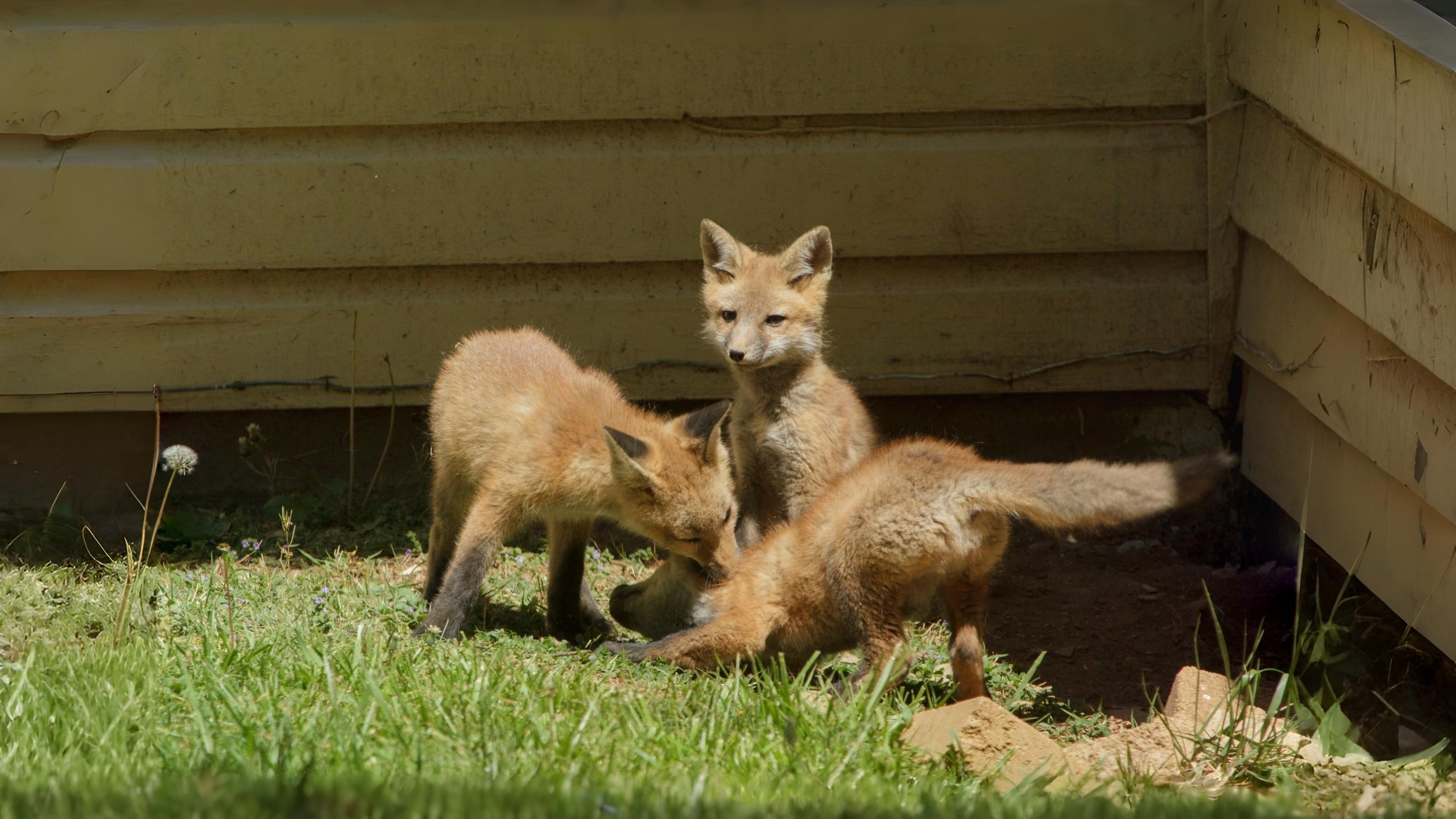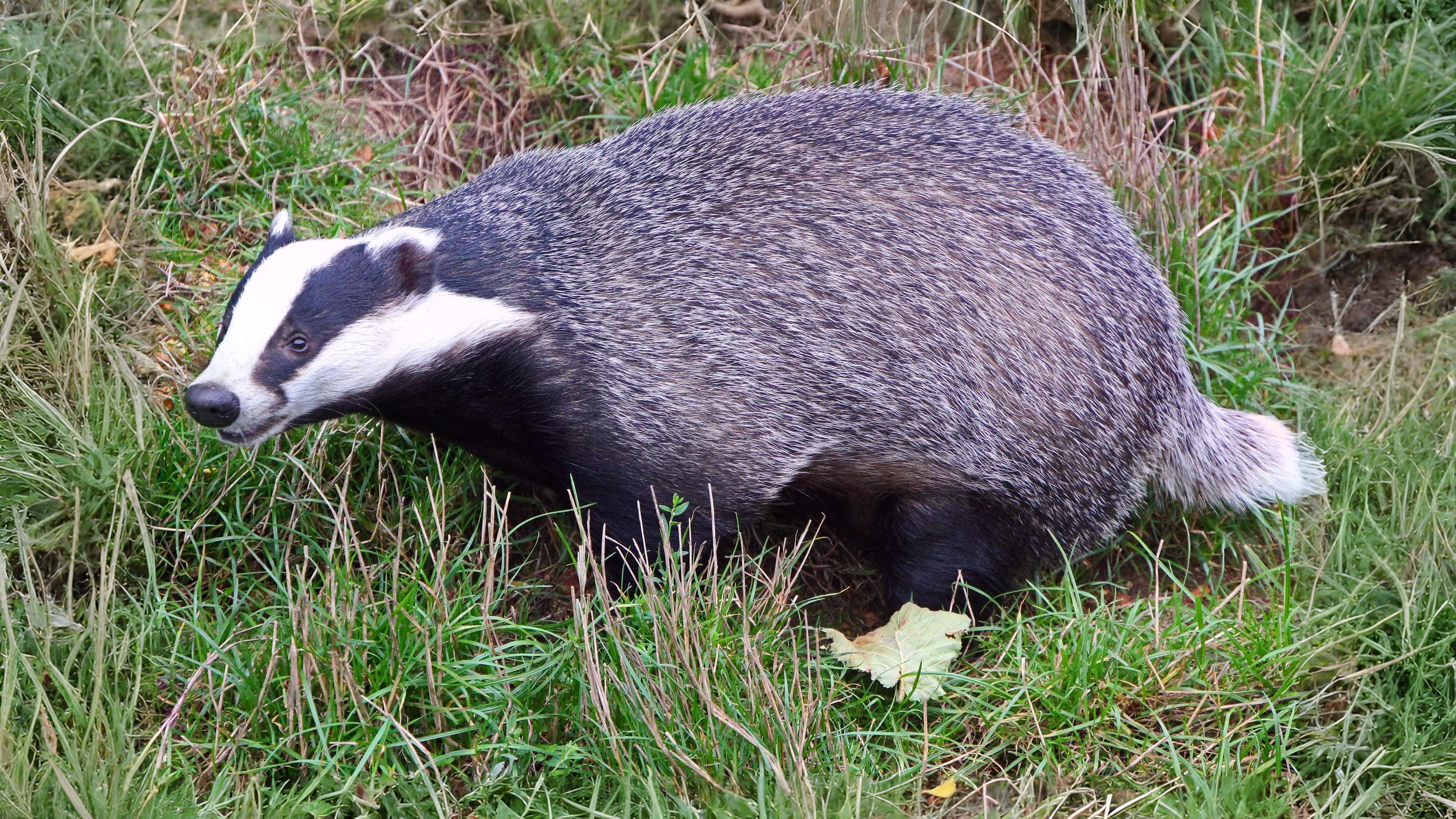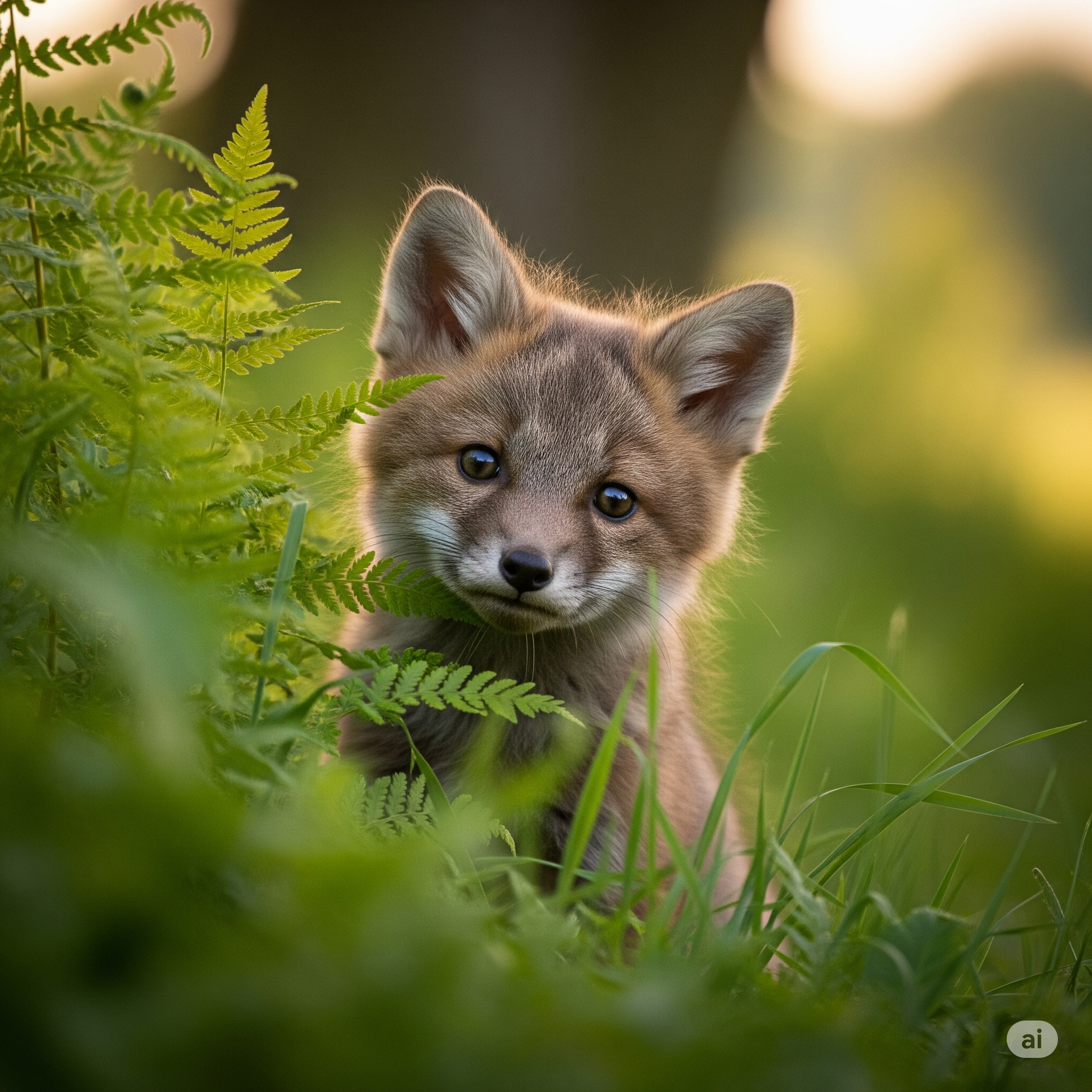
Return on August 29th for the full article!
August is predominantly a month to see families, particularly of rabbits and, with luck, hedgehogs. Families are often less afraid when they feed together, perhaps feeling more secure with more eyes looking out for predators. Many young are gaining their independence which means we sometimes encounter them alone.


It is now ‘fat buck’ season when bucks are at their prime with all the excellent grazing. Fallow deer antlers are reaching their maximum size and you may see some with pieces of velvet still left on which they are trying to rub off.


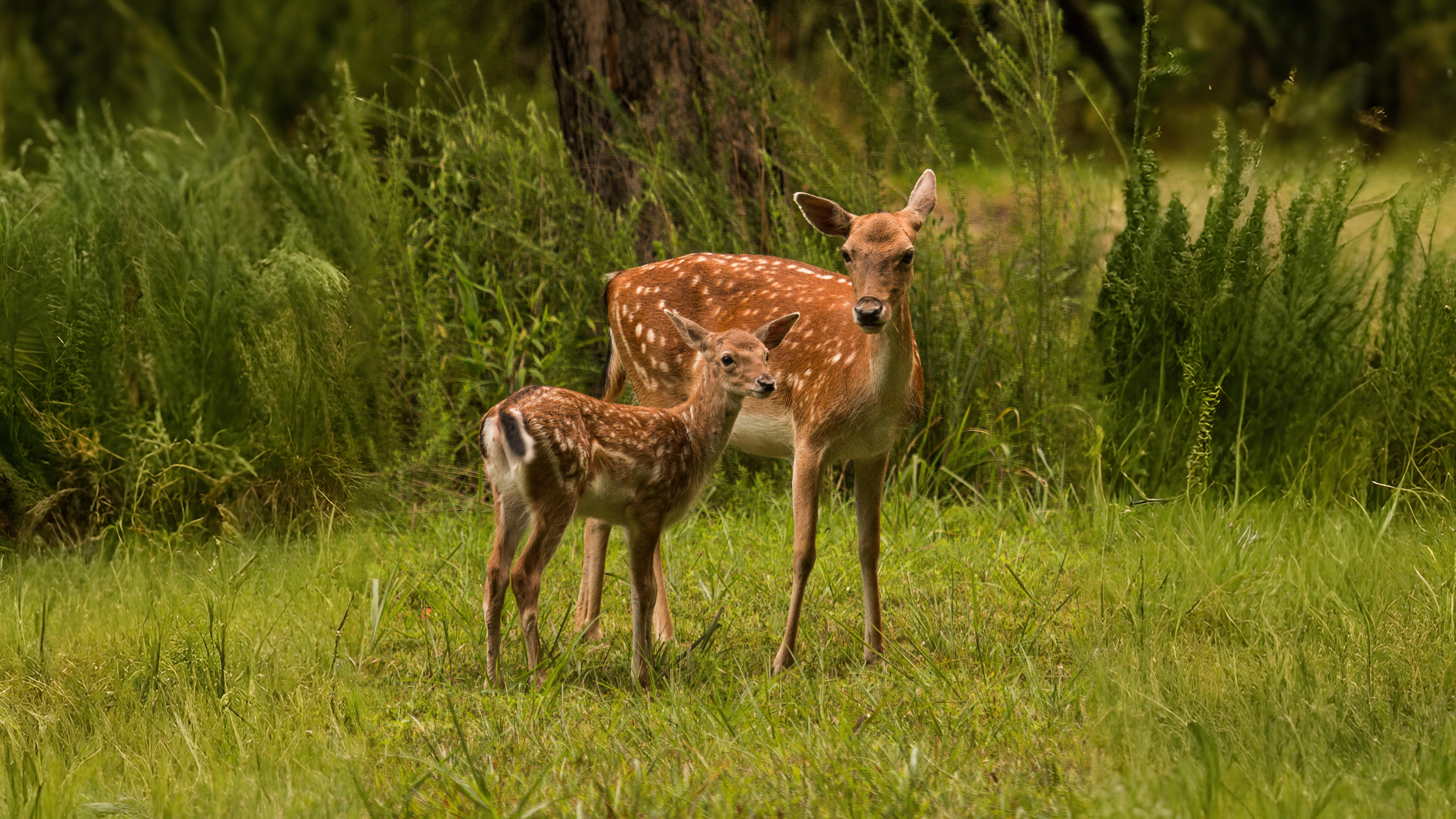

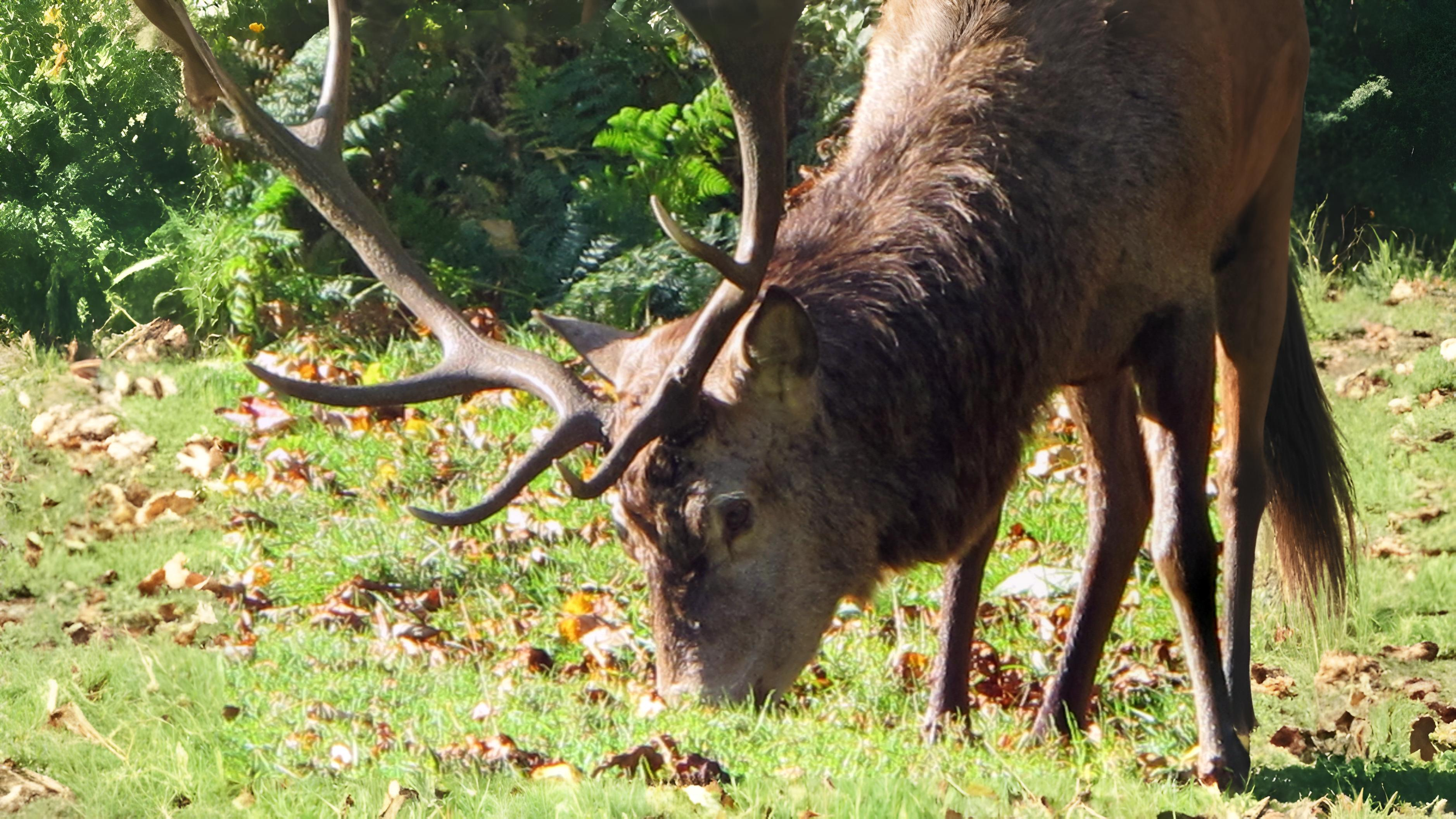

This month young foxes start to disperse. Two cubs will often stay together spending most of their time in thick undergrowth. Young cubs still have woolly ears and a mask beneath and between their eyes. As they get a little older this mask gets longer and more distinct. By the time they disperse their ears are much bigger and will now be standing upright.
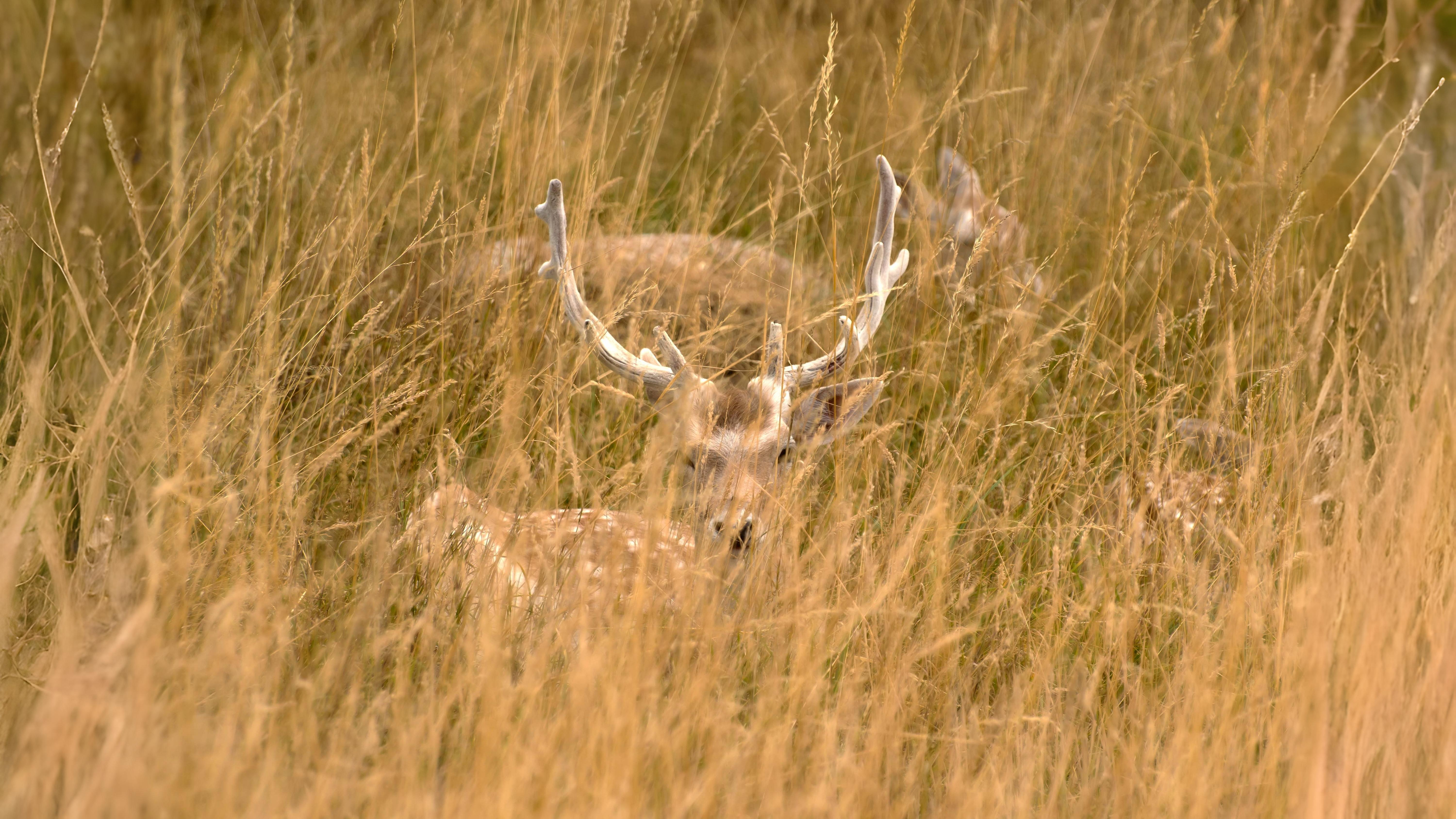

Badgers are highly protective about their families and have even been known to block their burrows and face any badger-diggers alone. There are several accounts of badgers even burying their dead. These are always thought to be their mates and the eerie howls that accompany this activity never seem to be forgotten by those that have heard them.
